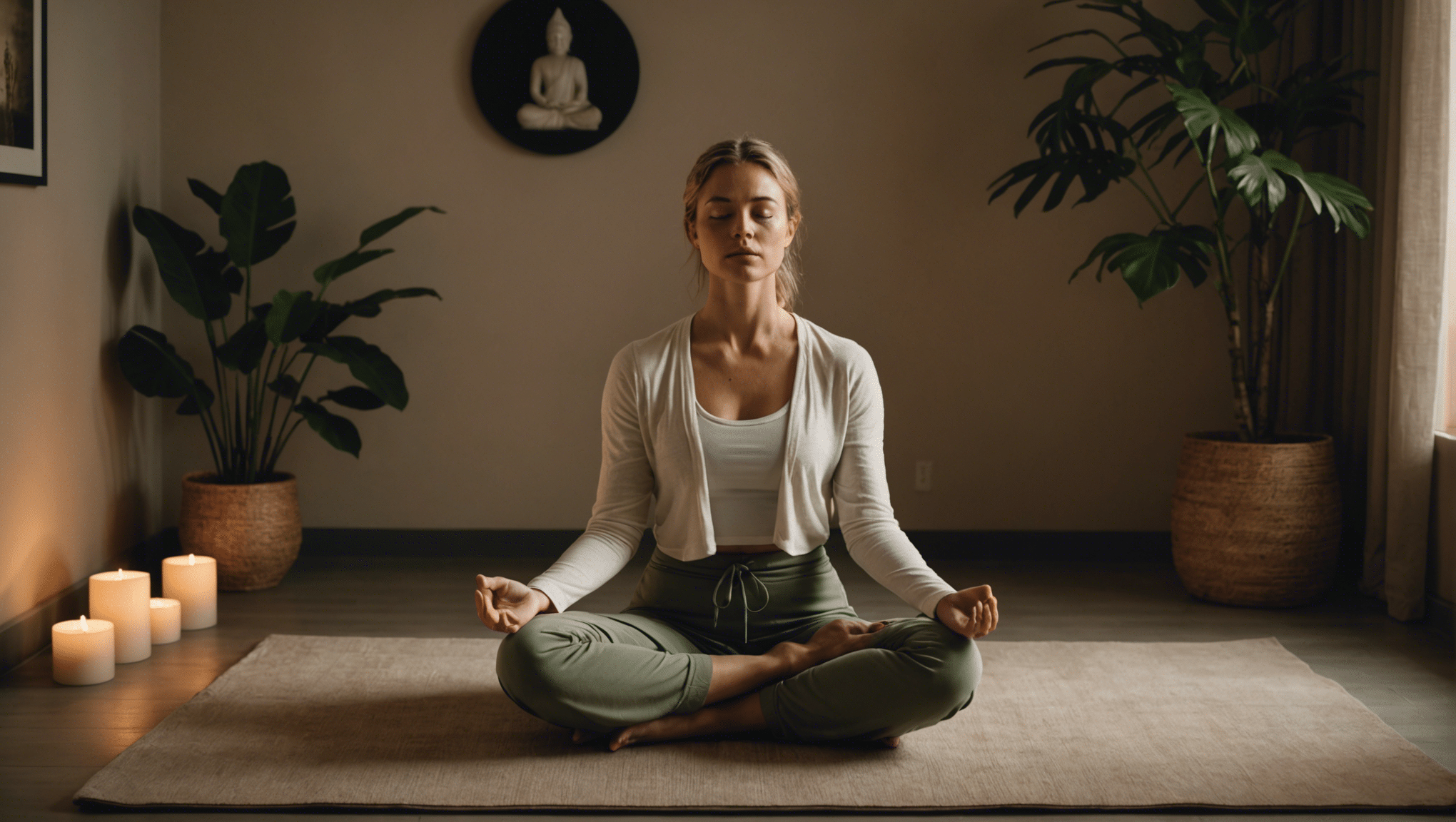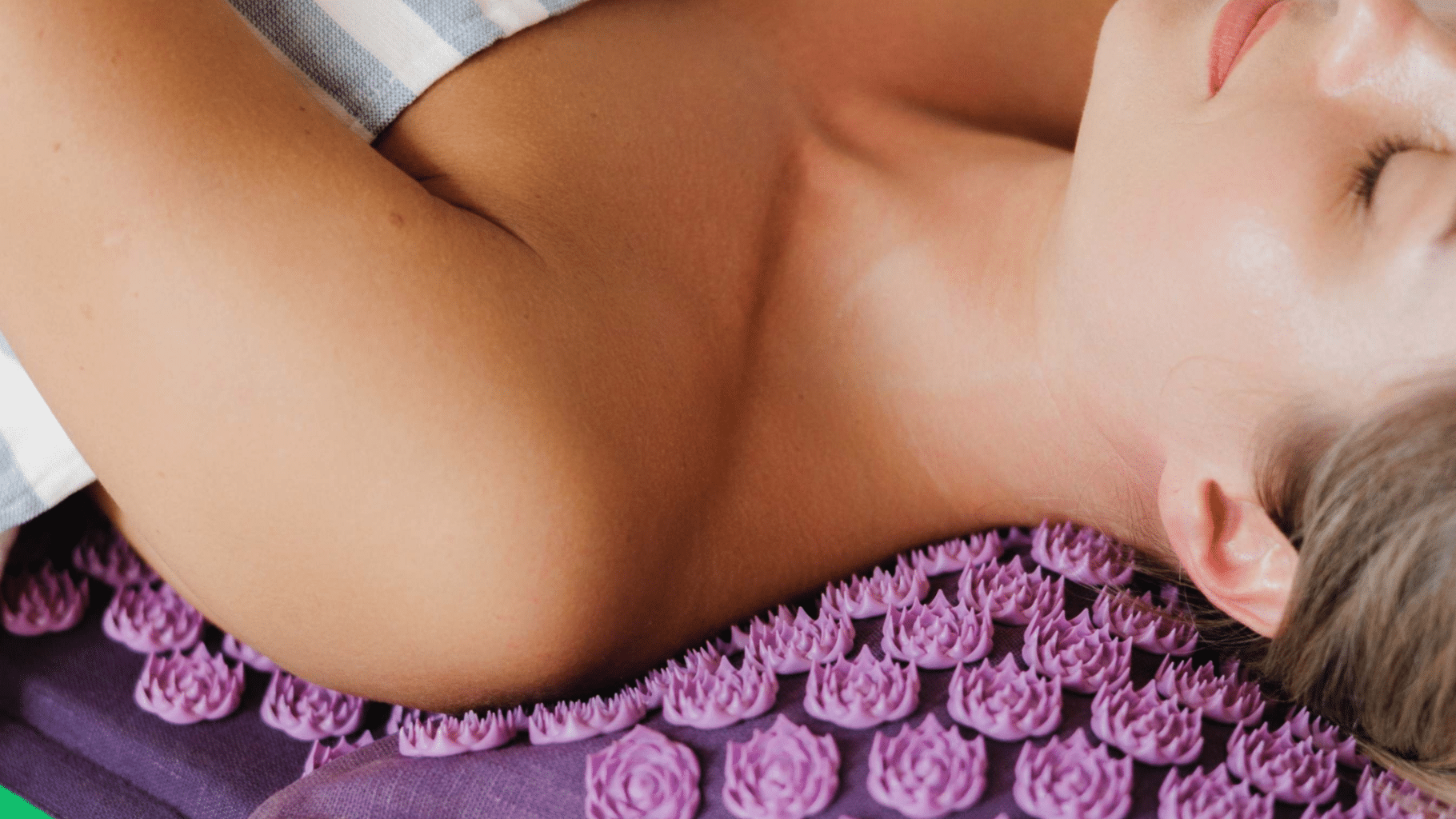The 4-7-8 breathing technique starts by inhaling through your nose for four seconds. Then, hold your breath for seven seconds. Finally, exhale through your mouth for eight seconds. This simple rhythm can help reduce stress and improve your sleep 1.
How do you perform the 4-7-8 breathing technique?
The 4-7-8 breathing technique involves three simple steps: inhale through your nose for 4 seconds, hold your breath for 7 seconds, and then exhale slowly through your mouth for 8 seconds. Repeat this cycle four times to feel more relaxed and to help improve your sleep.
This blog is part of a series on “breathing techniques.” The next blog is about alternate nostril breathing.
Key Insights on the 4-7-8 Breathing Technique
- Core Components: Inhale for 4 seconds, hold for 7, exhale for 8.
- Best Practices: Start with four twice-daily cycles for optimal results.
- Stress Relief: Helps activate the parasympathetic nervous system to reduce anxiety.
- Sleep Improvement: Use before bedtime to fall asleep faster and sleep more soundly.
- Adaptability: Effective both in quiet settings and before stressful activities.
- Long-term Health Benefits: Regular practice can lower blood pressure and improve heart health.
- Mindful Integration: Combine with meditation or other relaxation techniques for enhanced effects.
How to Practice 4-7-8 Breathing Effectively
When you practice 4-7-8 breathing, starting with the right posture is key. Sit up straight or lie down flat. This helps your lungs fully expand as you inhale deeply through your nose. Next, focus on the count. Inhale for four seconds, filling your lungs. Hold that breath for seven seconds. This pause is crucial as it allows your body to absorb oxygen.
Exhale slowly through your mouth for eight seconds. This longer exhale helps trigger relaxation in your nervous system. When you begin, repeat this breathing exercise for four cycles. As you get used to it, gradually increase the number of cycles. This helps build your ability to maintain relaxation over longer periods.
Practice this technique twice a day to see significant reductions in stress. Consistency is more beneficial than duration, so regular short sessions are preferable to less frequent longer sessions.
The Proven Benefits of 4-7-8 Breathing
The 4-7-8 breathing technique is more than just a way to relax. It’s a powerful tool that can help you manage stress and anxiety. By extending the exhale longer than the inhale, this technique helps activate the parasympathetic nervous system. This part of your nervous system helps calm the body and mind.
Regular practice can also improve sleep. Many people fall asleep faster and report better-quality sleep. Deep breathing helps quiet the mind and body, preparing both for rest. The technique also reduces the physical symptoms of stress, helping lower heart rate and relax muscles.
| Time of Day | Practice Duration | Expected Benefits |
|---|---|---|
| Morning | 4 minutes | Increases alertness and energy |
| Before Meetings | 2 minutes | Reduces anxiety, enhances focus |
| Pre-sleep | 4 minutes | Improves sleep quality, promotes relaxation |
| Post-stressful Events | 3 minutes | Calms the nervous system, stabilizes mood |
Additionally, this breathing pattern can support lower blood pressure over time. It’s like hitting a reset button for your stress response, which benefits long-term health.
Integrating Slow Breathing into Your Daily Routine
Incorporating slow breathing into your daily life can initially seem challenging, but it’s quite feasible. Start by choosing a regular time, such as morning or just before bed, to practice your 4-7-8 breathing. This establishes a routine your body and mind will expect and respond to.
You can also use this technique before stressful events. Taking a few minutes to perform the breathing exercise can calm your nervous system and help you enter a state of relaxation. It’s a great tool to have before presentations or difficult conversations.

Consider setting reminders on your phone or computer to take short breathing breaks throughout the day. These can serve as quick resets and help maintain a relaxed state, especially in high-stress environments.
Optimizing Your Environment for 4-7-8 Breathing
Create a conducive environment to get the most out of your 4-7-8 breathing sessions. A quiet, comfortable spot can enhance your focus and the effectiveness of your practice. Consider dimming the lights or using soft, calming music to help set the mood.
Aromatherapy can also complement your breathing practice. Scents like lavender or sandalwood can increase the relaxation effect. Ensure your seating or lying area is comfortable, with supportive cushions or a yoga mat.
Lastly, keep the air fresh and cool to help facilitate easier breathing. A well-ventilated room or a space with an open window can make a big difference in how you feel during and after your practice.
Personal Thoughts
In my quest to manage persistent stress, the 478 breathing technique proved helpful. It brought measurable calm to my life, significantly lowering my usual alertness and anxiety.
This practice is a welcome addition to my daily routine, helping me maintain that essential balance and focus in managing my stress levels.
Frequently Asked Questions
What are the benefits of practicing 4-7-8 breathing?
The 4-7-8 breathing technique can help reduce anxiety, improve sleep, and manage stress. Slowing down the breathing pattern promotes deep relaxation, helping to calm the mind and body. Regular practice can also stabilize heart rate and lower blood pressure.
How often should you perform the 4-7-8 breathing method?
For best results, practice the 4-7-8 breathing method twice daily, ideally in the morning and before bed. Each session should consist of four breathing cycles, and it can be especially helpful to use this technique when feeling stressed or anxious to restore calm.
Can 4-7-8 breathing improve heart rate variability?
The 4-7-8 breathing technique can improve heart rate variability by promoting relaxation and reducing stress. This slow and deep breathing method helps activate the parasympathetic nervous system, which controls the body’s restful responses, thus aiding in cardiovascular health.
Is 4-7-8 breathing effective for sleep disturbances?
Yes, the 4-7-8 breathing technique is effective in managing sleep disturbances. Facilitating deep relaxation and reducing stress or anxiety helps individuals fall asleep faster and enhances the overall quality of sleep.
What is the origin of the 4-7-8 breathing technique?
The 4-7-8 breathing technique was developed by Dr. Andrew Weil and is based on ancient yogic practices that emphasize rhythmic and diaphragmatic breathing. This method is designed to bring the body into a state of relaxation quickly and effectively, leveraging the natural tranquility of regulated breath control.




